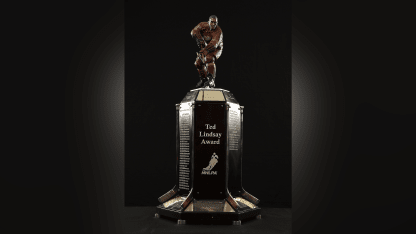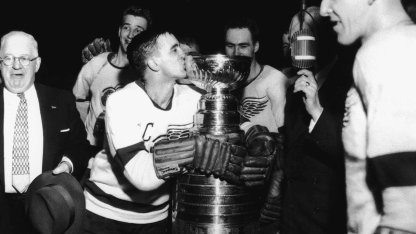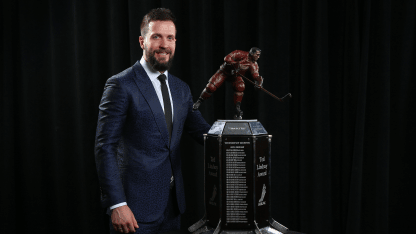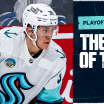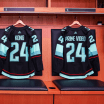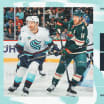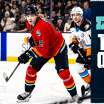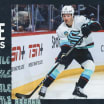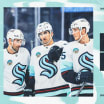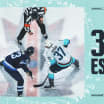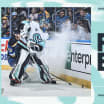A decade ago, the former Lester B. Pearson Award was renamed for the Detroit Red Wings legendary star Ted Lindsay. The trophy is awarded to the league's most outstanding player as voted on by his fellow NHL Players Association. Boston all-time great Phil Esposito won the first Pearson in 1970.
Last March, Lindsay passed away at 93, prompting hundreds of media tributes from coast to coast across North American. Those obituaries, columns, blogs and TV/video commentaries focused on Lindsay's illustrious on-ice accomplishments-four Stanley Cups with Detroit in the 1950s, his physical ferocity despite his smaller stature, playing on the famed "Production Line" with two other Hall of Famers, Gordie Howe and Sid Abel-but equally called out Lindsay's originating role in the very NHL players union that now elects the annual trophy winner.
Trophy Thursday: Ted Lindsay Award
In the NHL, both the media and players vote on a most valuable player during the regular season. The NHL Players Association awards the Ted 'Lindsay' Award
